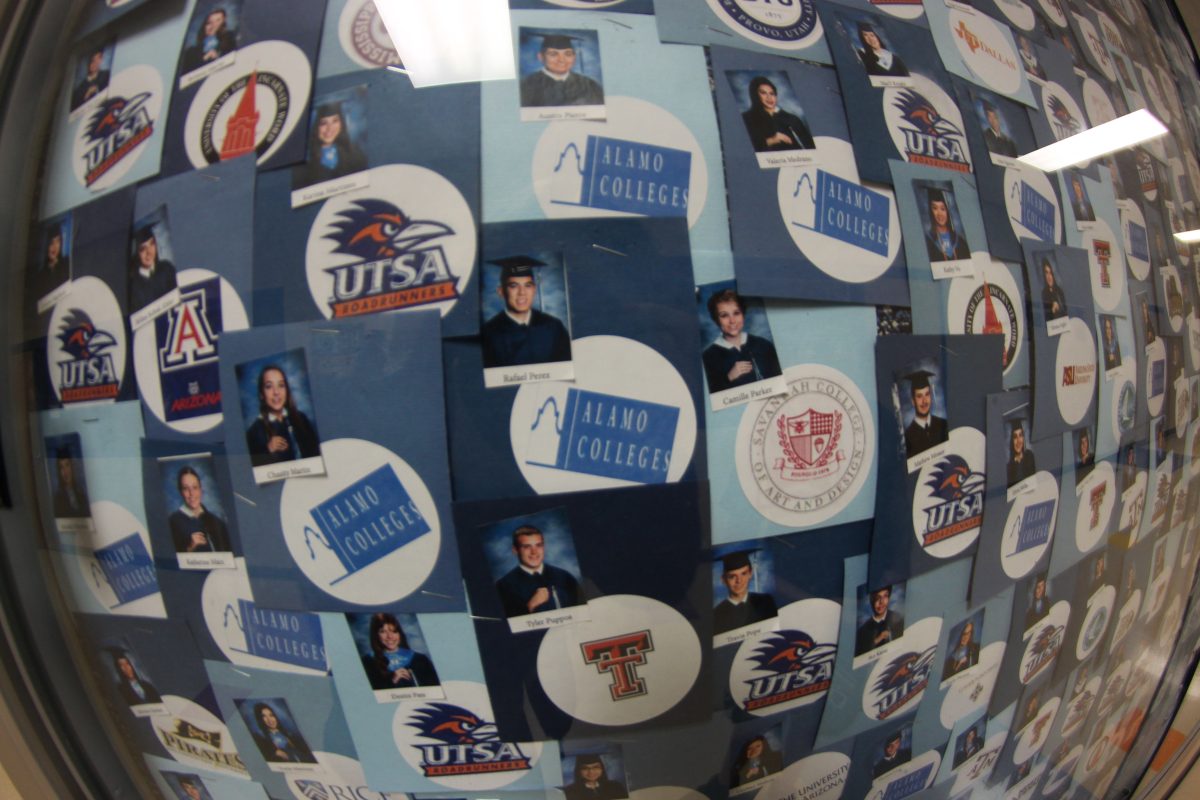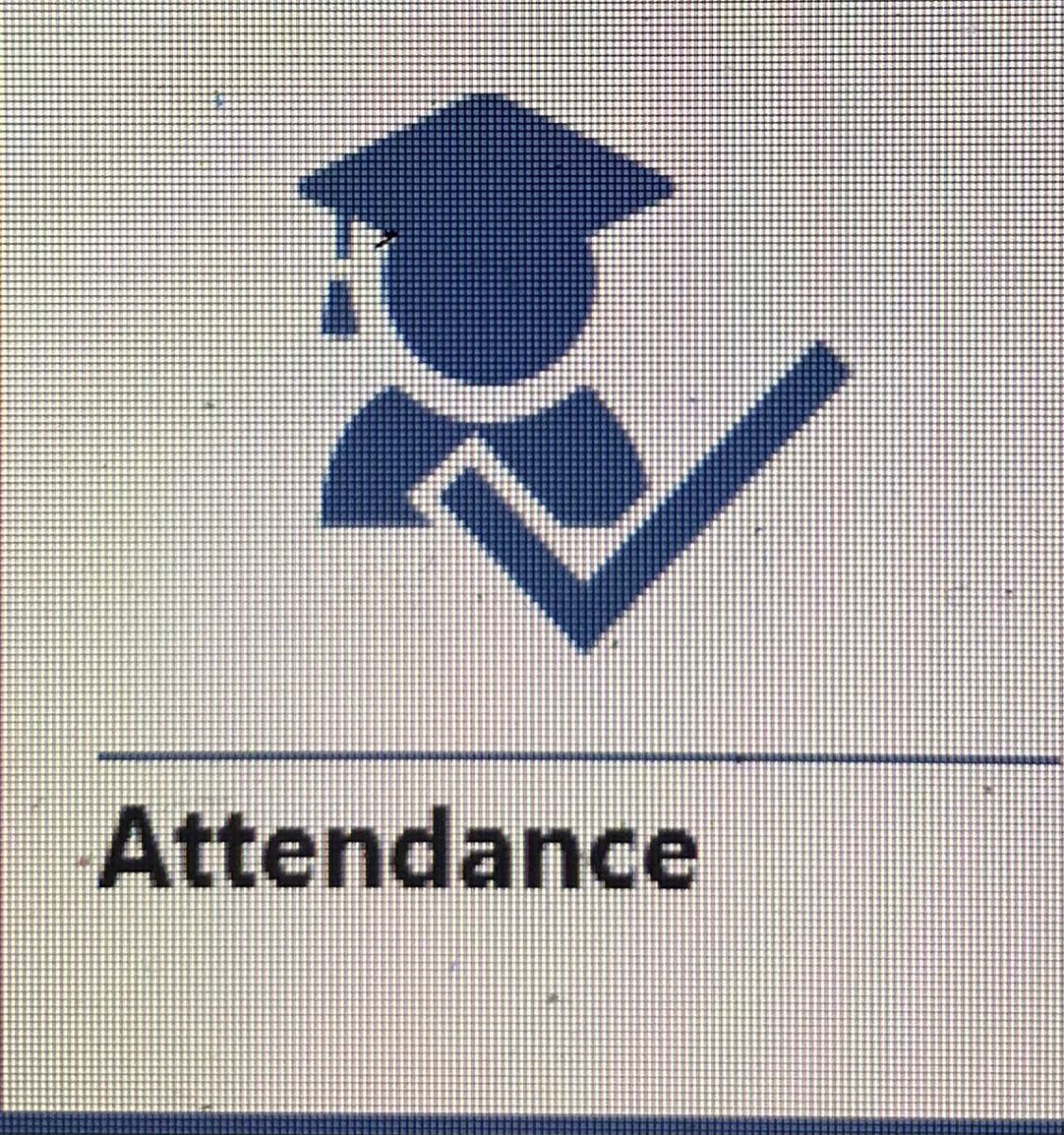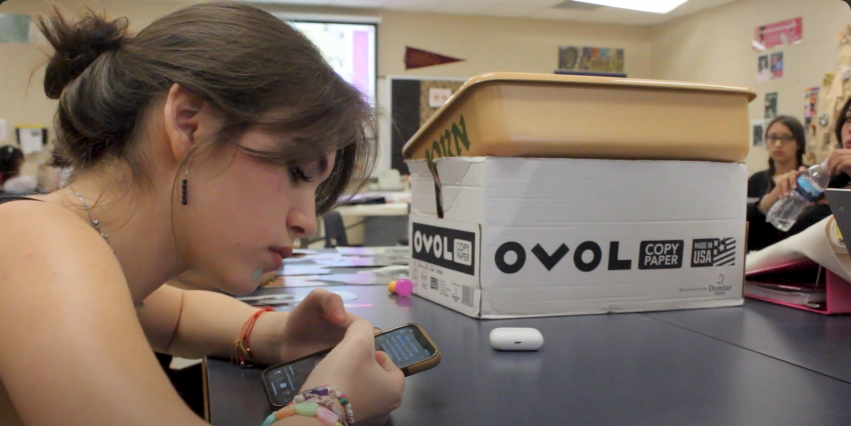by Emma Fitzhugh | Staff Writer
As you anxiously stand in line, you hope that you won’t have to wait even more once you get to the front. As your mind is preoccupied with thoughts of that math test you just took, the upcoming science quiz, or maybe just your friends all sitting down at your usual spot, you reach out and grab some fruit, maybe a vegetable or two. You then see a plate of food just waiting for you to take it, so you go ahead and grab it, effortlessly placing it on your tray. Then you pay and exit the line, realizing that, just like most days, you barely have to speak.
“We have to give the students two ounces of protein a day. We have to give them two fruits and two vegetables, which equals to a cup of fruit and a cup of vegetables. And then we have to give them so many servings of bread per week. So sometimes we won’t have bread on a certain register or section, but during the week sometimes we might double up or something. But it’s a certain amount of bread per week, and we have to follow guidelines,” cafeteria manager Sylvia Bermea said.
What many students might not know is how much time and consideration is actually spent on preparing the meals that are provided on a daily basis at our school, as well as several nutrition and dietary guidelines that must be followed.
It all starts with the NEISD Nutritionist, who creates the cafeteria menus for every school within the district. Next, the nutritionist shares the dietary information with the cafeteria employees, according to Bermea.
“We go by what the Nutritionist gives us, she makes the menus for us. So as far as guidelines [for example], we have to give the students a certain amount of vegetables and fruits in a day,” Bermea said.
NEISD Nutrition Services is also responsible for staffing all of the cafeteria employees within the district. Naturally, this number varies depending on the size of the school.
“We have 29 employees, but not all are full time, some are part time. So some of us come in early, and the rest come in, like some work seven hours, some work six hours, some work five hours, some work four hours. So it takes all these people to come in to prepare the meals,” Bermea said.
And as cafeteria manager, Bermea is responsible for making sure that all of the necessary food items are ordered, her employees stay focused on preparing meals, and more.
“I’m responsible for the cafeteria employees, making sure that they do things correctly, making sure that the temperatures are correct on the food, ordering the food, stuff like that,” Bermea said.
Each employee has a specific job to do, but with 29 employees and much preparation to get done, Bermea makes sure to rotate the job assignments so that everyone can remain busy and productive.

“It’s not difficult to work in the cafeteria profession, but it’s a rush. We always have to be moving fast, and we get used to it, you know. The day goes by real quick, it’s not boring because we always have different things to do. We rotate the job positions to where people don’t get too bored with what they’re doing,” Bermea said.
Bermea went on to explain what a typical day’s profit looks like, and which lunch lines seem to be the most popular.
“On a typical day for breakfast it ranges from 100 to 150 students per day. For lunch it’s, full meals, like in the hot lines, full meals is only like a 1,000 students per day. And a lot of kids go to the a la carte,” Bermea said.
But these guidelines aren’t just thought of randomly. Ms. Louisa Kates, Director and certified dietitian at NEISD Nutrition Services, is responsible for creating school breakfast and lunch menus based on specific nutrition guidelines developed by organizations such as the US Department of Agriculture.
“Our goal is to provide nutritious meals that meet the student’s needs and their likes. All public schools throughout the United States have the opportunity to participate in the National School Lunch Program, and it’s administered by the United States Department of Agriculture,” Kates said.
Included within this program are the specific dietary requirements that must be implemented within every cafeteria menu, according to Kates.
“They do have specific guidelines as far as the total calorie range, the amount of fat and sodium, whether there’s trans fat, even the amount of calories in a snack which you can sell a la carte, or what type of beverage you can sell. There’s very, very specific guidelines that all schools throughout the United States follow,” Kates said.
These guidelines may be incorporated differently based on grade level, more specifically at the elementary, middle, and high school level.
“It’s every grade level, from Pre-K to high school there’s certain guidelines. Depending on the age group of the kids, it’s age appropriate caloric levels, age-appropriate amount of, there’s even the amount of dry green versus light green vegetables, there’s red-orange vegetables for each age group. And the age group is elementary versus middle versus high, they’re kinda simplified, USA kinda simplified it to those three major categories,” Kates said.
However, even though these guidelines vary depending on what grade level is being looked at, changes are always being made.
“There’s been vast changes [to the guidelines] over the past number of years. And in fact, next year will be another level of administrative changes that will affect menus and menu planning and things offered at the school level. The Healthy Hunger Free Kids Act was enacted in 2010, and that’s when a lot of things just came into effect, and then they’ve been phasing in some other changes. In 2010 there were certain guidelines, like so many of your foods had to be whole grain rich but not all of them, you had to have served so many servings of this type of vegetable category throughout the week, and there’s maximum and minimums on the amount of grains of meat,” Kates said.
In addition, students can expect to see a change regarding whole grain foods within the upcoming year.
“In 2014-15, this upcoming year, all, say for instance, some of the big things that are changing, all grain items offered in the school meal programs have to be whole-grain rich, not just some of them, but all of them have to be. Whether it be a breakfast tortilla or a biscuit, or if it’s a roll, or a hamburger bun, everything has to be whole grain rich, if it’s in the grain family,” Kates said.
Kates goes on to explain several other changes that will be made to school meals, as well as how schools within the United States modify their menus as different health concerns are addressed by the nation, such as childhood obesity, diabetes, etc.
“There’s gonna be a cap on the amount of sodium that can be offered in the school meals, as well as anything a student may wanna buy. So you wanna buy a granola bar, well how much sodium is in that granola bar, how much sugar is in that granola bar, can you sell that granola bar, yes or no, it has to meet certain, they [FDA] call it the ‘Smart Food guidelines.’ There’s beverage guidelines, there’s snack guidelines, there’s menu guidelines,” Kates said.
However, these forthcoming changes weren’t just thought of by cafeteria personnel in an attempt to promote overall health and wellness, but instead were developed in part because of a recent nationwide health campaign that promotes healthy food choices for all individuals.
“It is addressing, the huge purpose is, there’s a Let’s Move campaign that Michelle Obama’s thrown her name behind that is trying to get good choices in the schools as far as make the healthy choice the easy choice. Also let’s get kids active, decrease screen time increase outside time or active time. So it’s an overall campaign to try to work on overall wellness,” Kates said.
With overall wellness as the goal, our district has already gotten a jump start on these healthier choices, according to Kates.
“At Northeast ISD, even before these changes came into effect, most of the changes we’ve already made as a district. Whether it be in the health and P.E. area or whether it be in the school nutrition area, Northeast has had the insight that this is a direction we needed to do for a healthy environment,” Kates said.
In addition to encouraging kids to make the healthier choice, these guidelines are scientifically proven to help kids overall wellness.
“These guidelines weren’t just based on someone’s whim, they’re based on scientific research, they’re based on the US Dietary Guidelines for Americans, there’s some basis of guidelines there. There’s an argument whether, where it is that, say how much sodium a person should have in their diet. So we need to watch how much, especially if you have certain health conditions. But a healthy individual, do they need to limit their sodium? That’s a big debate. But right now, since we do chose to participate in the USDA Child Nutrition program, school lunch program and breakfast program, and accept funds to help subsidize the meal cost to the students, we must follow their guidelines, and so we do that,” Kates said.
With these dietary requirements in mind, each school’s cafeteria manager is then able to incorporate these guidelines however they chose, so long as the health guidelines are being upheld.
“It’s pretty open, they say at the high school level, you would have a range of calories of 450-600 calories in a lunch average over the five day week, the saturated fats have to be less than 10%, and the sodium less than 500 milligrams a day. Now within that then you can chose as you’re planning menus for your school or your district, how am I gonna spend those calories? Maybe I’m gonna spend, I kind of think of your sodium or your calories as money, like I may spend more on this day because this is acceptable, on the other days I can save on sodium or calories on this item, it’s acceptable,” Kates said.
Continuing with her analogy, Kates explains how this same principle can apply to the amount of sodium “spent” on certain food items.
“This thing tastes okay lower sodium, or you might wanna spend more money on your sodium on your meat item, but less sodium say the bread doesn’t need to be as salty, so you can maybe get a lower-salt bread item. Or you can maybe season your vegetables a little bit differently without much salt, and spend that salt where you might get more bang for your buck, where you may want that salt to help enhance something else that’s on your menu. So you kinda pick and chose on that type of stuff,” Kates said.
And these are only a few of the many dietary requirements, and just at the high school level.
“All the school’s have guidelines. At the high school level, five cups of fruit needs to be offered per week with the minimum of one cup a day. So like when you go to the cafeteria they encourage you to take two bowls of fruit with you, or two choices of the fruit with you, because you can have up to a cup. And you can take two vegetables with your tray, and all the vegetables are in half cup equivalent portions, because they want at least five cups of vegetables offered to the high-school age student a week. They want five cups of milk offered to you, so they’ll say, ‘Well go get your milk’ when you get to the end of the line, ‘Did you want your milk, go get a milk,’” Kates said.
So it seems safe to say that there is definitely a reason behind asking students to grab additional food and/or drink items- by purchasing these items, each student is meeting their nutritional needs for the day, according to Kates.
“The grains are 10 to 12 servings a week. So that might be why you might have enchiladas with rice because you can have, you need two grains a day, so your tortillas around your enchiladas plus your rice would be a serving. Another day say the hamburger, you think of the hamburger bun, you know they’ve got the larger hamburger bun, and so that’s how you meet it. And so there’s different ways depending on what you’re doing to balance out your, to keep within that range,” Kates said.
With all of these food options available to students, it definitely takes a dedicated group of people to get so many meals prepared every day. And just like other businesses, some employees may work part time or full time, according to Kates and Bermea.
“Their hours range, some employees work for just four hours [and] they would be someone that would come in to help serve the meal and help clean it up, so by the time they arrive at work a lot of the preparation is taken care of. And then we have people that will work seven hours a day and they’ll be the ones that’ll come in and they’ll be the ones to bake off the fresh biscuits in the morning, or scramble the eggs to put in the breakfast tacos, and then they’ll go on and cook the meat,” Kates said.
However, there is one advantage that our district seems to have when it comes to preparing meals.
“We do quite a bit of scratch cooking, many school districts don’t, but we make most of our breads from scratch, like the hot wheat rolls and the french bread and such, those are all prepared on site, with measuring out the flour, the yeast, the salt, and all that. So we’ll have probably five or six employees at least at Johnson that are what we would call a ‘seven hour employee’, and they’re probably the backbone of the food preparation. They’ll have a couple in the baking department, a couple will be in the meat department, there’ll be a couple that’ll be starting all of the fresh fruits and vegetable preparation, all the washing and cutting and such, and by the end of the day, like I said there’s probably close to 28 or 30 employees that are working and preparing and serving and cleaning up in the cafeteria meal lines,” Kates said.
Understanding how much work is involved, junior Melanie Gamble, who frequently eats lunch at school, tries to make these employees feel as appreciated as possible.
“Most students treat the cafeteria workers respectfully. The employees will get a little frustrated if the computers aren’t working or if a student types in their ID wrong, but I think that’s just them getting nervous with other people behind them. I always make sure to say please and thank you,” Gamble said.

Although some students may not appreciate these employees as much as they should, Gamble believes customer service is simply a difficult profession to be in, regardless of the specifics.
“I’d say working in the cafeteria is a difficult job. Customer service is a hard thing when it comes to employment, and I think that especially applies to school cafeteria workers. I think we need to treat the cafeteria staff with more respect and appreciation. Just by saying thank you and asking how their day is going I’d think that go a long way,” Gamble said.
And although, like most students, she does not know exactly what goes into the preparing of her meal, Gamble does not seem that far off in her guess.
“On a daily basis the cafeteria employees probably cook the meals for the average number of students there are, then deliver them from the ovens if necessary, and enter into stock to fill in refreshments, fruit, snacks, etc. I think it does take a lot of work,” Gamble said.
But it’s not just Gamble that feels this way. Freshman Myralexis Tijerina has also seen firsthand how some cafeteria workers are treated, and thinks that every employee deserves an appropriate amount of respect and attention for all of their hard work.
“I do think the cafeteria employees are under appreciated. Everyday I see this group [of people] throwing food on the floor and saying some mean stuff. I think us as students should speak up and defend the cafeteria employees. I also believe the teachers should stop this from occurring by reprimanding the students that are acting up,” Tijerina said.
So maybe next time, before you grab that fruit, or silently punch in your ID number, be mindful of the fact that those cafeteria employees are people too, and that someone’s attitude can make all the difference, according to Tijerina.
“I do try and show my appreciation everyday. I ask how their day’s going, say thank you, [and] also help them with other people’s mess. I think that’s fair, because they cook for us and pick up our mess. And we don’t know about how their life or day is going so us students should give them the best positive attitude,” Tijerina said.
Link to “Let’s Move” campaign recently instituted by Michelle Obama.














